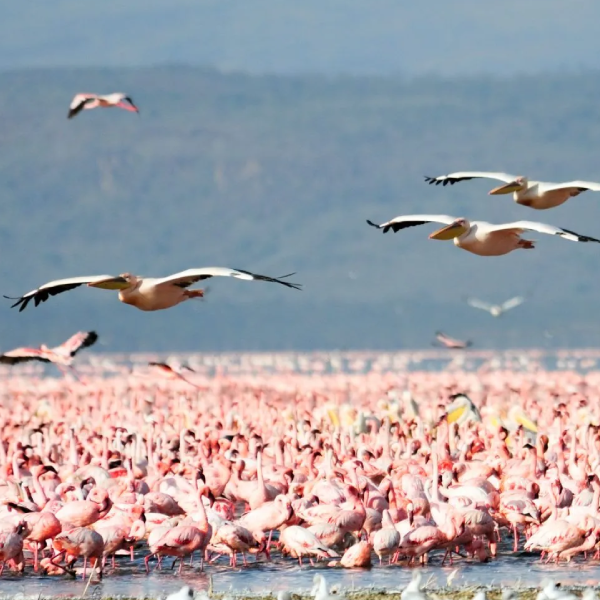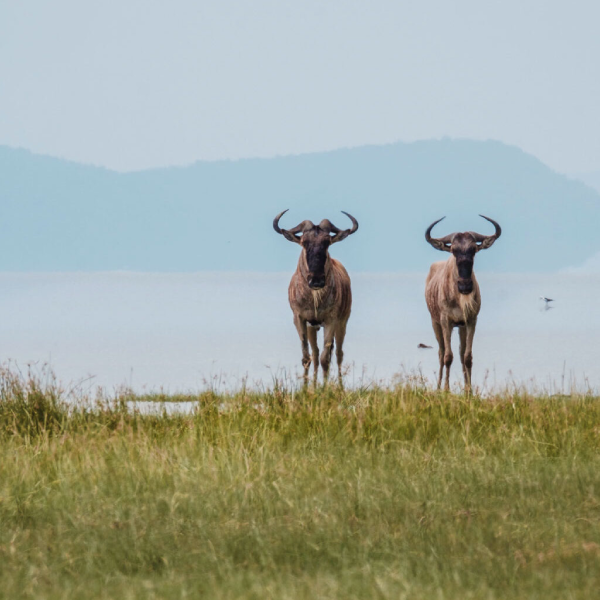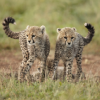Lake Manyara National Park, located in northern Tanzania, is a small but diverse park known for its scenic beauty and rich wildlife. The park is famous for its tree-climbing lions, as well as its large populations of elephants, giraffes, and flamingos along the lake's shore. The park is divided into different landscapes, including savannah, woodlands, and wetlands, offering visitors a variety of ecosystems to explore. It is a great destination for both game drives and birdwatching, with over 400 bird species recorded. Lake Manyara provides an intimate Tanzania Safari Experience, close to other popular parks in the northern circuit.
Getting There
Lake Manyara National Park is located about 126 kilometers (78 miles) from Arusha, approximately a 2-hour drive via well-maintained roads. The park is easily accessible by road, making it a popular addition to safari itineraries in northern Tanzania. For quicker access, flights are available to Manyara Airstrip, about 15 minutes from the park entrance. Many travellers choose guided safari tours that provide transportation and expert guides. The park is part of the northern safari circuit, so it’s often combined with visits to nearby Ngorongoro Crater and Serengeti National Park.
What to Do
- Game drives to observe wildlife, including the famous tree-climbing lions.
- Birdwatching, with over 400 bird species, including flamingos and pelicans.
- Explore the lake's edge, home to vast flocks of migratory birds and other wildlife.
- Visit the Maji Moto hot springs, a scenic and peaceful spot within the park.
- Enjoy a guided walking safari to experience the park’s wildlife up close.
- Explore Lake Manyara’s unique ecosystems, from wetlands to forests and grasslands.
When to Go
The Best Time to Visit Lake Manyara National Park is during the dry season, from June to October, when wildlife is more concentrated around the lake and waterholes. This is ideal for game viewing, with clear skies and mild temperatures. Birdwatching is fantastic year-round, but the wet season (November to April) attracts migratory birds and lush vegetation, making it a great time for nature lovers. However, the wet season may bring muddy roads, and some areas may be harder to access. The park is less crowded during the shoulder months, offering a more peaceful experience.










